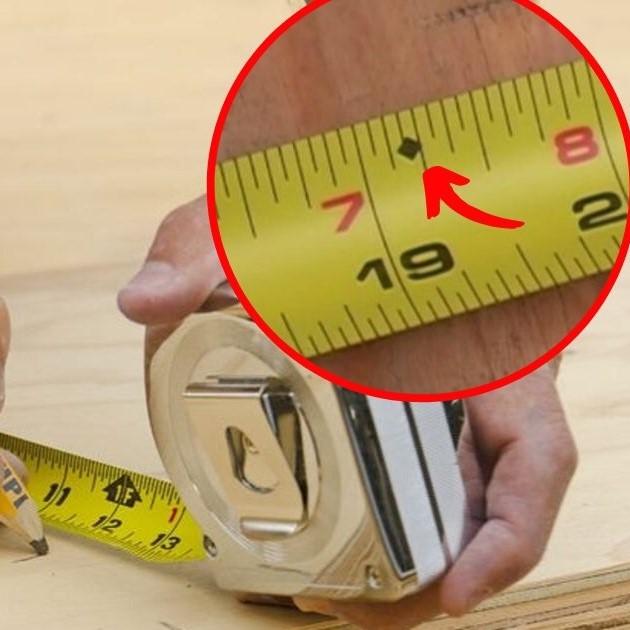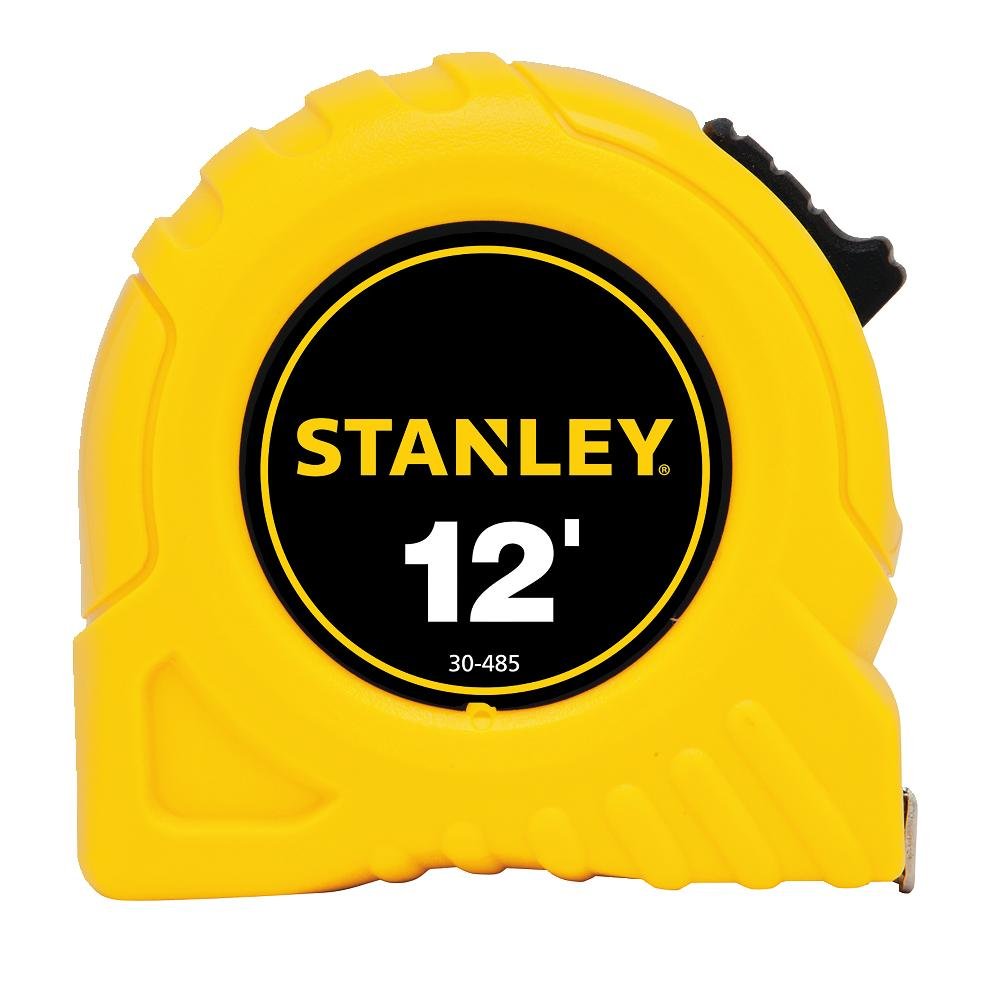
How Do You Read a Tape Measure: Mastering Techniques
Knowing how to read a tape measure is a fundamental skill for anyone involved in construction, DIY projects, or even simple home improvements. Understanding this essential tool can significantly improve the accuracy and efficiency of your work. Whether you’re a seasoned professional or a beginner, mastering how do you read a tape measure will enhance your ability to execute projects with precision. In this comprehensive guide, we will explore the components of a tape measure, the different measurement systems, and practical tips to ensure you get the most accurate readings every time.
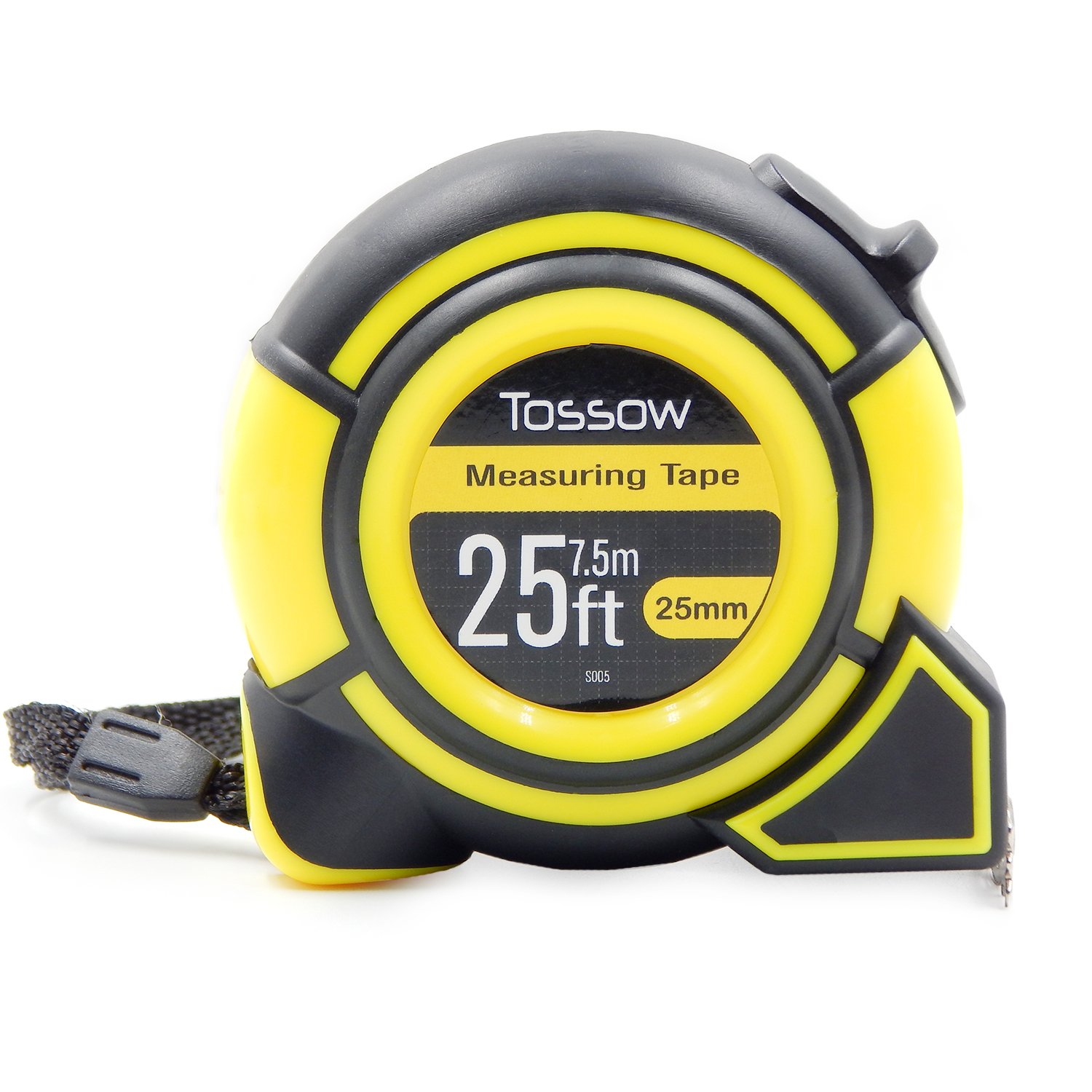 Understanding the Parts of a Tape Measure
Understanding the Parts of a Tape Measure
To effectively learn how do you read a tape measure, it’s crucial to familiarize yourself with its various parts. A standard tape measure consists of several key components that work together to provide accurate measurements.
The Blade
The blade is the long, flexible strip that extends from the casing. It is usually made of metal or fiberglass and is marked with measurement units. Understanding how to read the blade accurately is the first step in mastering tape measure usage.
The Case
The case houses the blade and protects it from damage. It typically features a locking mechanism that holds the blade in place once extended. Some cases also have a built-in belt clip for easy portability.
The Hook
At the end of the blade is a small metal hook. This hook plays a vital role in obtaining accurate measurements. When you pull the blade out, the hook moves slightly, and this movement must be accounted for when reading measurements.
Measurement Markings
Tape measures display measurements in various increments, usually inches and centimeters. Familiarizing yourself with these markings is essential for accurate reading.
Different Measurement Systems: Imperial vs. Metric
Understanding how do you read a tape measure involves knowing the two primary measurement systems used worldwide: the Imperial system and the Metric system.
The Imperial System
The Imperial system is commonly used in the United States and includes units such as inches, feet, and yards. On a tape measure, inches are typically divided into smaller increments like halves, quarters, eighths, and sixteenths.
The Metric System
The Metric system is used globally and is based on units such as millimeters and centimeters. This system is straightforward, with each unit being a multiple or fraction of ten, making calculations simpler.
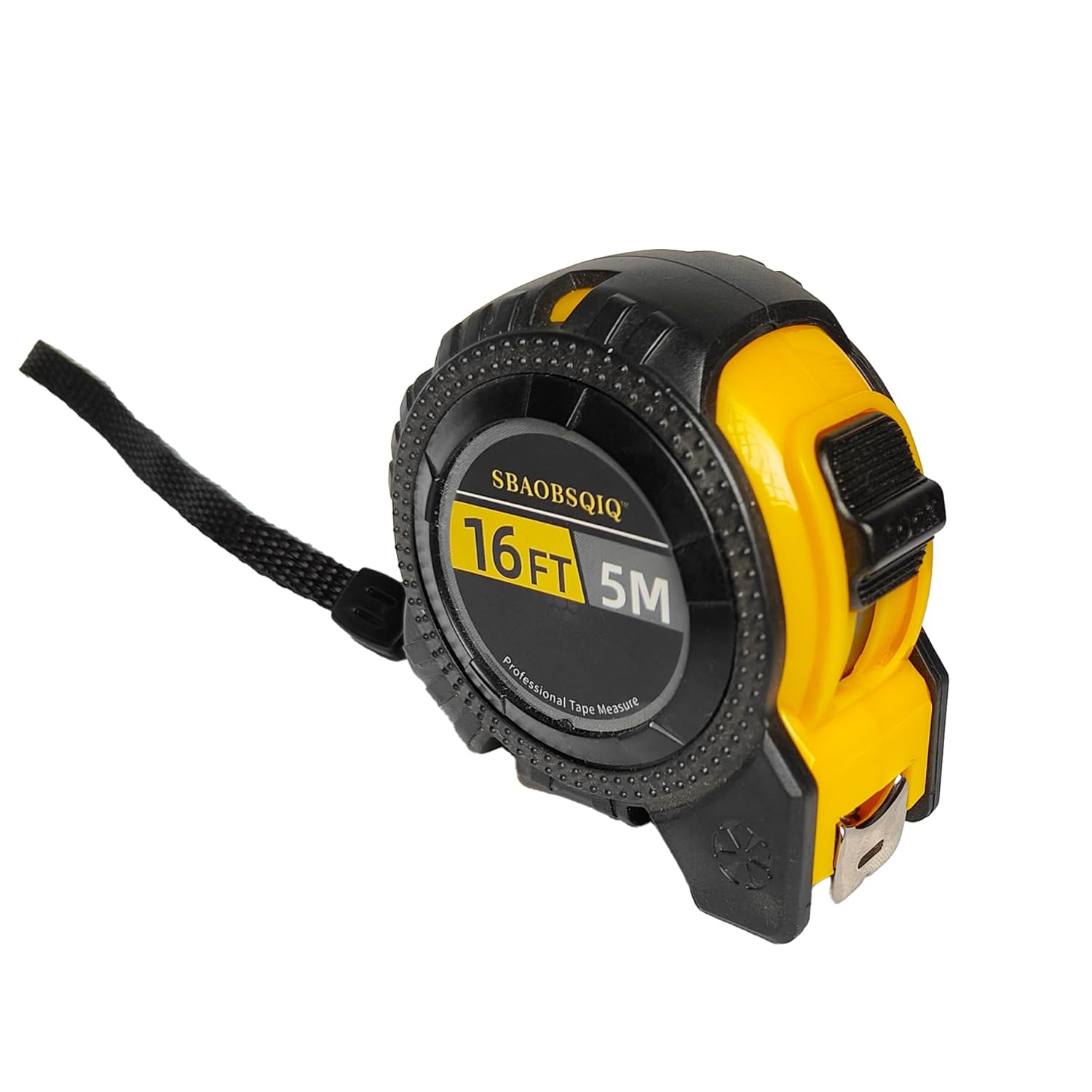 Step-by-Step Guide
Step-by-Step Guide
Mastering how do you read a tape measure requires a systematic approach. Follow these steps to ensure accurate measurements.
Step 1: Extend the Blade
First, pull the blade out from the case to the desired length. Ensure that you pull it straight to avoid bending, which can lead to inaccurate readings.
Step 2: Lock the Blade
Once extended, use the locking mechanism to hold the blade in place. This step is essential to prevent the blade from retracting while taking your measurement.
Step 3: Align the Hook to the Starting Point
Position the hook at the exact starting point of the object you are measuring. Remember that the hook is designed to move slightly, so precise alignment is crucial.
Step 4: Read the Measurement
Look at the measurement markings where the blade meets the object. This point indicates the length you need. Take your time to ensure you are reading the correct increment.
Step 5: Double-Check Your Measurement
For added accuracy, retract the blade and extend it again to verify the measurement. This practice helps catch any potential errors.
Tips for Accurate Tape Measure Readings
To improve how do you read a tape measure, consider these practical tips that enhance accuracy and efficiency.
Use the Correct Measuring Technique
Always ensure the blade is straight and not bent. Hold the tape measure firmly to prevent any movement that might skew the measurement.
Understand the Hook Movement
The hook at the end of the tape measure is designed to move slightly to account for the thickness of the case. When measuring an internal dimension, this movement compensates for the thickness, providing an accurate measurement. Be mindful of this when taking measurements to avoid errors.
Keep the Tape Measure Flat
Ensure the tape measure lies flat against the surface you are measuring. Bending or twisting the tape can lead to inaccurate readings.
Utilize Both Measurement Systems
If your tape measure includes both Imperial and Metric markings, become proficient in reading both systems. This skill is particularly useful in projects that require precision and versatility.
Regularly Calibrate Your Tape Measure
Over time, tape measures can wear out, leading to inaccurate measurements. Regularly check the accuracy of your tape measure by comparing it to a known accurate measurement tool, like a steel ruler.
Practice Makes Perfect
The more you use a tape measure, the more comfortable you will become with reading it accurately. Practice measuring different objects to build your confidence and precision.
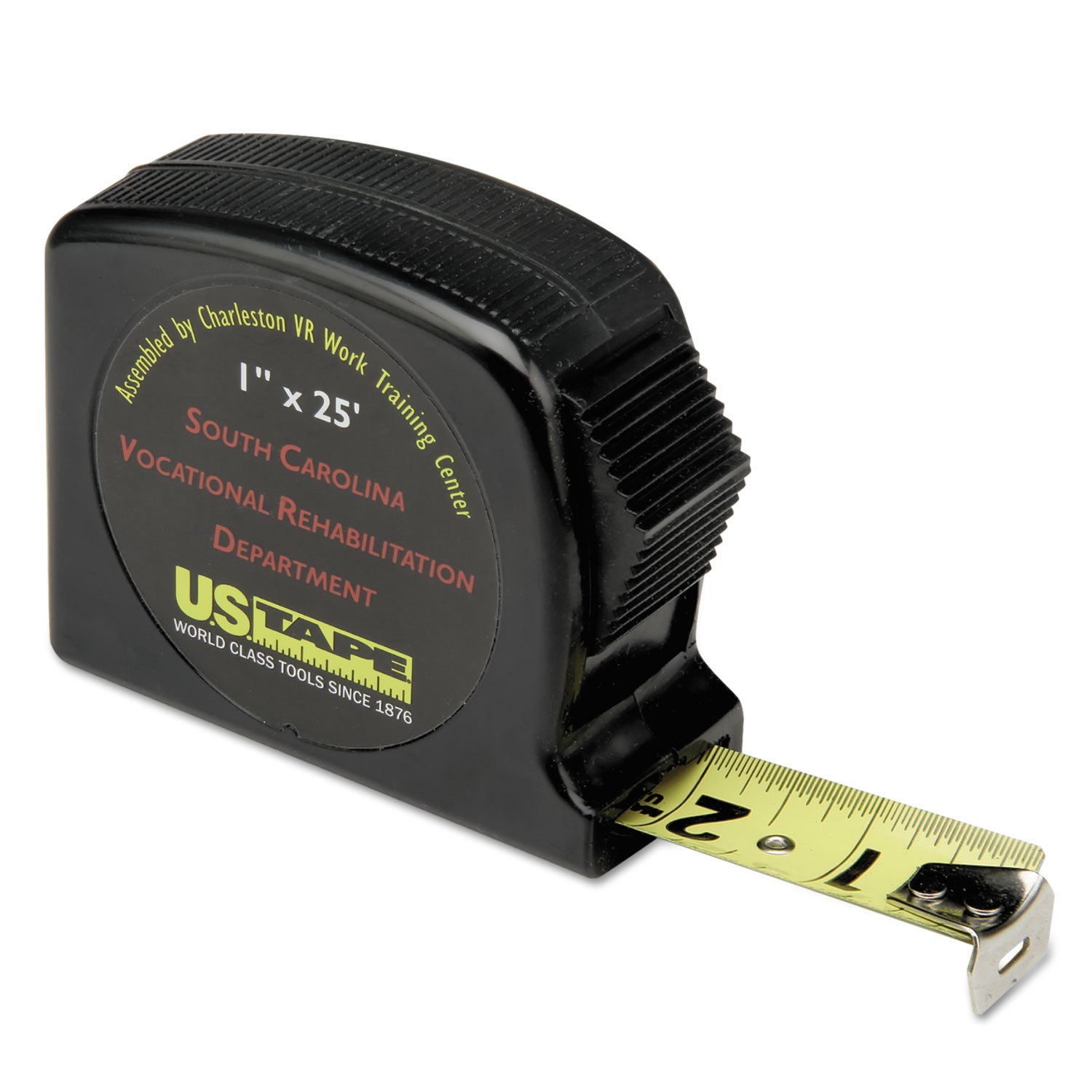 Common Mistakes to Avoid When Reading a Tape Measure
Common Mistakes to Avoid When Reading a Tape Measure
Even with a solid understanding, certain mistakes can lead to inaccurate measurements. Being aware of these common errors can help you avoid them.
Misreading the Markings
One of the most frequent mistakes is misreading the measurement markings. Take your time to ensure you are reading the correct increment, whether it’s inches or millimeters.
Ignoring Hook Movement
Failing to account for the slight movement of the hook can result in inaccurate measurements. Always consider the hook’s position when starting your measurement.
Bending the Blade
Bending the blade while extending it can distort the measurement. Ensure you pull the blade out smoothly and keep it straight.
Not Locking the Blade
Forgetting to lock the blade in place can cause it to retract unexpectedly, leading to incorrect measurements. Always engage the lock after extending the blade.
Overextending the Blade
Pulling the blade out beyond its maximum length can cause it to snap back or become damaged. Measure within the blade’s intended range to maintain accuracy and prevent damage.
Advanced Techniques for Reading a Tape Measure
Once you have mastered the basics, consider these advanced techniques to further enhance your measurement skills.
Measuring Odd Shapes
For objects that aren’t straight, use the tape measure to follow the contour, ensuring you stretch the tape as much as possible without bending it excessively.
Combining Measurements
For larger projects, you might need to combine multiple measurements. Add each segment carefully, ensuring you account for all increments to avoid cumulative errors.
Using the Tape Measure for Layouts
Tape measures are not just for measuring length. You can use them to lay out rectangles, squares, and other geometric shapes by combining measurements accurately.
Transferring Measurements
Learn how to transfer measurements from one location to another without error. This skill is useful in tasks like marking cut lines or positioning fixtures.
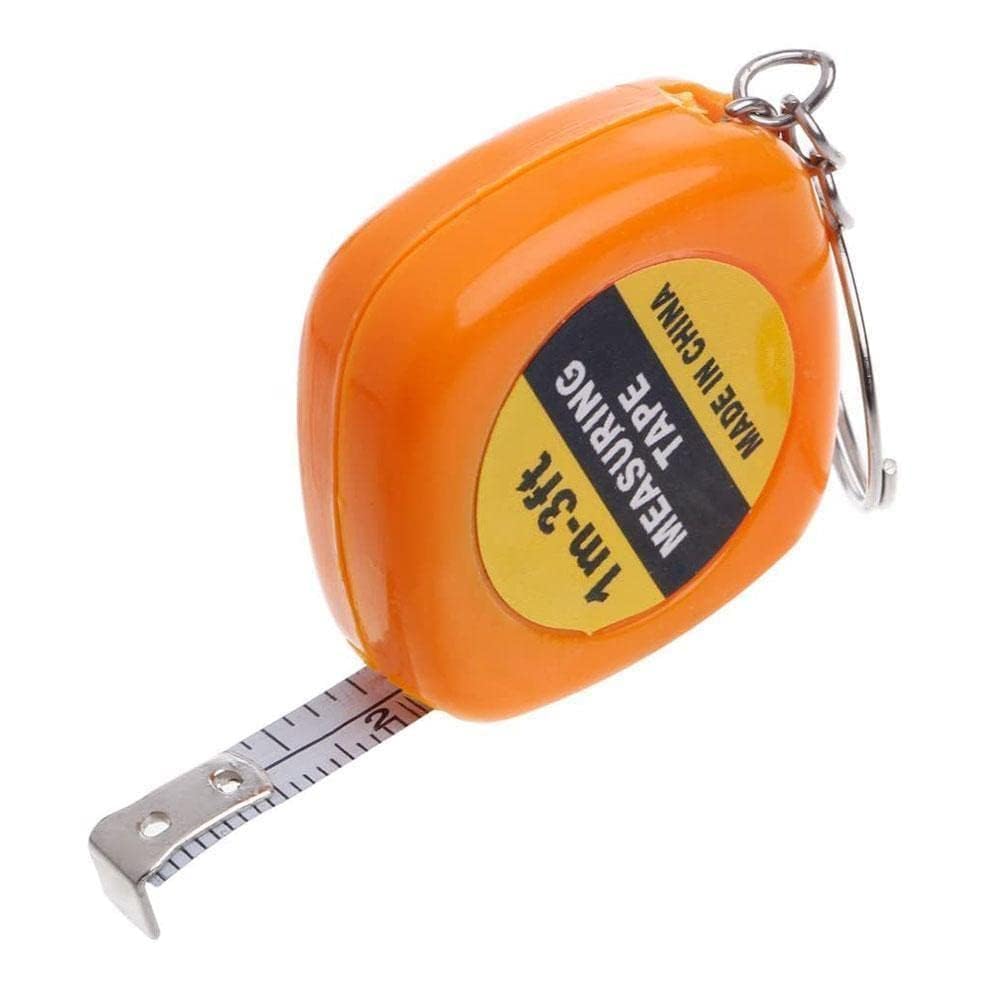 Selecting the Right Tape Measure for Your Needs
Selecting the Right Tape Measure for Your Needs
Choosing the appropriate tape measure is essential for effective use. Different projects and users require different types of tape measures.
Length and Flexibility
Select a tape measure that offers the appropriate length for your projects. Longer tapes are suitable for large-scale tasks, while shorter tapes provide better control for detailed work.
Material and Durability
Consider the construction material of the tape measure. Metal blades offer durability and rigidity, whereas fiberglass blades are more flexible and resistant to wear.
Visibility of Markings
Ensure the measurement markings are clear and easy to read. High-visibility tapes with bold numbers and contrasting colors improve accuracy, especially in low-light conditions.
Locking Mechanism
A reliable locking mechanism is crucial for holding the blade in place. Test the lock to ensure it engages smoothly and holds firmly during use.
Additional Features
Some tape measures come with extra features like magnetic hooks, belt clips, or dual measurements. Assess which features are beneficial for your specific needs.
Maintenance Tips for Your Tape Measure
Proper maintenance extends the lifespan of your tape measure and ensures it remains accurate.
Clean Regularly
Wipe down the tape measure to remove dirt and debris. Use a dry cloth to prevent rust and corrosion, especially on metal blades.
Store Properly
Store your tape measure in a dry, cool place away from extreme temperatures. Avoid leaving it in damp areas where moisture can damage the blade and markings.
Inspect for Damage
Regularly check your tape measure for signs of wear or damage. Look for bends, cracks, or worn markings that could affect accuracy.
Lubricate the Locking Mechanism
If your tape measure has a locking mechanism, keep it lubricated to ensure it operates smoothly. Apply a light oil if necessary, following the manufacturer’s instructions.
Avoid Overextending
Never pull the blade beyond its maximum length to prevent snapping or warping. Understand the limits of your tape measure to maintain its integrity.
How to Troubleshoot Common Tape Measure Issues
Even the best-maintained tape measures can encounter issues. Knowing how do you read a tape measure also involves troubleshooting common problems.
Blade Won’t Extend
If the blade won’t extend, check for obstructions or debris in the casing. Clean the tape measure and try again. If the problem persists, the locking mechanism might be damaged.
Blade Keeps Retracting
A blade that retracts too quickly can be frustrating. Ensure the locking mechanism is functioning properly and lubricate it if needed. If the issue continues, consider replacing the tape measure.
Inaccurate Measurements
If your tape measure gives inconsistent readings, it might be damaged or worn. Calibrate it against a known accurate tool and replace it if necessary.
Faded Markings
Faded markings can make reading difficult. Use a fine-tip permanent marker to restore clarity or invest in a new tape measure with high-contrast markings.
Practical Applications: How Do You Read a Tape Measure in Real-World Scenarios
Understanding how do you read a tape measure becomes more intuitive when applied to real-world situations. Here are some practical applications to illustrate its importance.
Building Furniture
When building furniture, precise measurements ensure that all pieces fit together seamlessly. Measure each component carefully, marking cuts and joints accurately to achieve a professional finish.
Home Renovation
During renovation projects, accurate measurements are crucial for tasks like installing cabinets, laying flooring, or framing walls. Use the tape measure to plan layouts and verify dimensions before making any cuts or installations.
Tailoring and Sewing
Tailors and sewers rely on accurate measurements to create well-fitting garments. Measure fabric lengths, garment dimensions, and ensure symmetry for a flawless finish.
Landscaping
In landscaping, measuring areas for planting, installing pathways, or placing features like fountains or seating areas requires precision. Use a tape measure to plan and execute your outdoor designs effectively.
Plumbing and Electrical Work
For plumbing and electrical installations, precise measurements ensure that pipes, wires, and fixtures fit correctly. Measure distances between fixtures, plan pipe routes, and ensure everything aligns with building codes.
Enhancing Measurement Accuracy with Technology
While traditional tape measures are highly effective, integrating technology can further enhance your measurement accuracy.
Digital Tape Measures
Digital tape measures offer advanced features like precise digital readouts, memory storage, and connectivity with smartphones. These tools can simplify complex measuring tasks and reduce the likelihood of human error.
Laser Measuring Tools
Laser measuring tools provide highly accurate measurements quickly and effortlessly. They are especially useful for large distances and difficult-to-reach areas, complementing traditional tape measures.
Measurement Apps
Smartphone apps can assist in measuring tasks by using the device’s camera and sensors. While not as precise as physical tape measures, they can be useful for quick, approximate measurements.
 A Skill Worth Mastering
A Skill Worth Mastering
In conclusion, knowing how do you read a tape measure is an invaluable skill that enhances your precision and efficiency in various projects. By understanding the components, mastering the measurement systems, and applying practical tips, you can achieve accurate results every time. Whether you’re engaged in construction, home improvement, sewing, or any other project requiring measurements, a tape measure is an indispensable tool. Invest time in practicing and maintaining your tape measure to ensure it remains a reliable companion in all your endeavors. With the knowledge and techniques outlined in this guide, you are well-equipped to handle any measuring challenge with confidence and accuracy.
